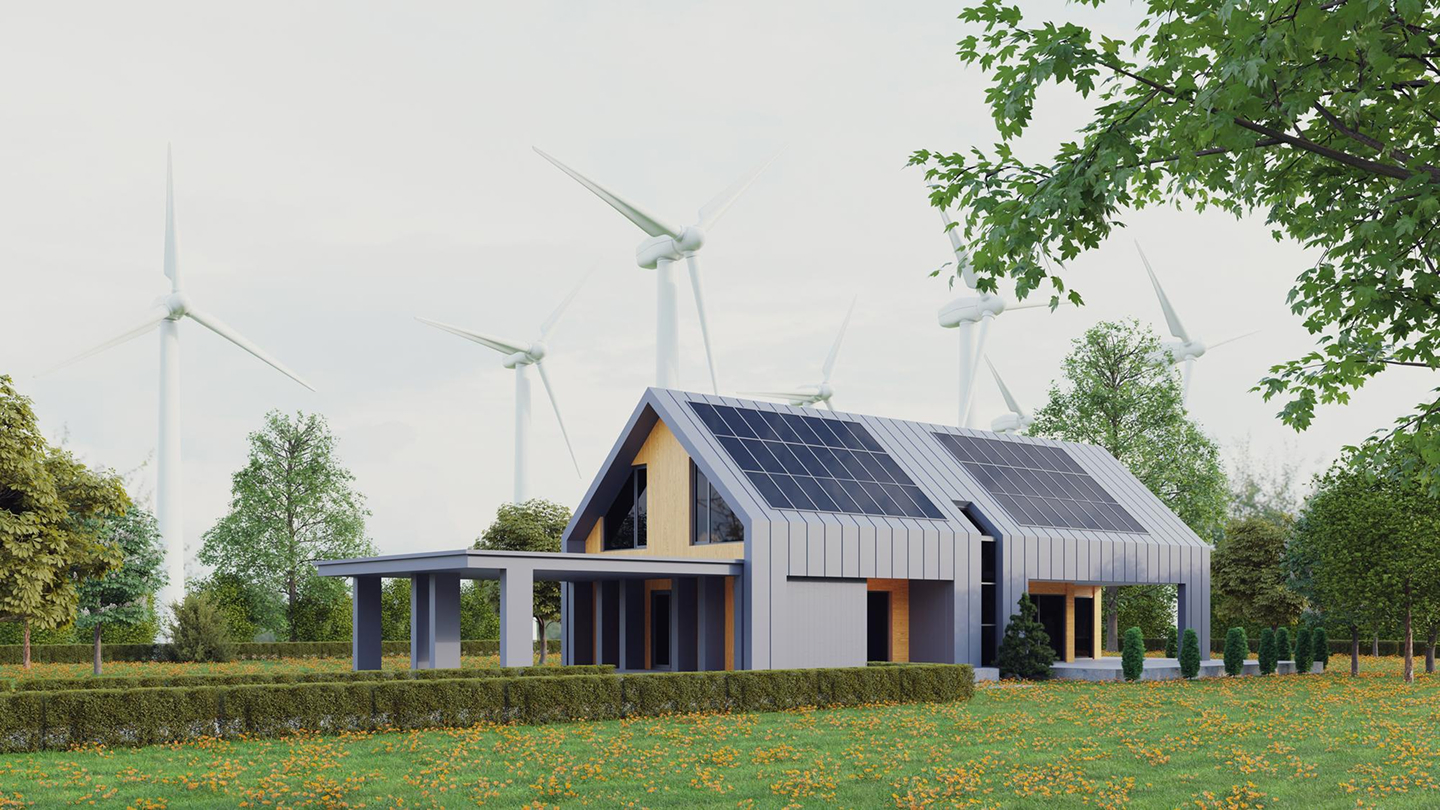The Environmental Impact of Solar Energy


As the world faces escalating climate challenges, the transition to renewable energy sources has become more urgent than ever. Among all the clean energy options available today, solar energy stands out as one of the most impactful and accessible solutions. It not only lowers electricity costs but also plays a vital role in protecting our planet for future generations.
Let’s dive into the major environmental benefits of solar energy and why it’s a key player in the global sustainability movement.
Electricity generated from fossil fuels—especially coal and natural gas—is the largest source of carbon dioxide (CO₂) emissions globally. Solar panels, on the other hand, generate clean electricity without burning fuel, meaning no emissions during operation.
According to the U.S. Department of Energy, the average residential solar system offsets over three to four tons of CO₂ emissions per year—equivalent to planting 100+ trees annually. By replacing fossil-fuel-based electricity with solar, households and businesses significantly reduce their carbon footprints.
Fossil fuel extraction and combustion release harmful pollutants like sulfur dioxide, nitrogen oxides, and particulate matter into the air—leading to respiratory illnesses, smog, and acid rain. These power plants also consume enormous amounts of water for cooling.
Solar energy systems, by contrast, require no water to generate electricity, produce no air pollutants, and don’t contribute to toxic runoff or thermal pollution—making them one of the cleanest energy technologies in terms of air and water impact.
Unlike fossil fuels, which are depleting and take millions of years to form, solar power is abundant and renewable. Every hour, the sun provides enough energy to power the entire planet for a year. By tapping into this free, inexhaustible source, we reduce the pressure on limited natural resources like coal, oil, and gas.
Traditional energy infrastructure often requires mining, drilling, and deforestation—practices that disrupt ecosystems and wildlife habitats. While solar installations do require space, they can be deployed on existing rooftops, parking lots, and brownfields, minimizing environmental disruption.
Innovative solutions like agrivoltaics (combining agriculture with solar panels) even allow farmers to generate energy while growing crops—supporting both food and energy production in a single footprint.
Solar systems have a lifespan of 25 to 30 years and require minimal maintenance. Over their lifetime, the environmental return on investment is enormous. Moreover, most components—like aluminum frames and glass panels—are recyclable, and ongoing innovation is improving end-of-life recycling processes for solar technology.
Solar energy offers far more than just economic savings—it’s a powerful force for environmental change. By adopting solar, individuals and organizations directly contribute to a cleaner atmosphere, healthier ecosystems, and a more sustainable energy future. The environmental impact of solar isn’t just positive—it’s transformative.